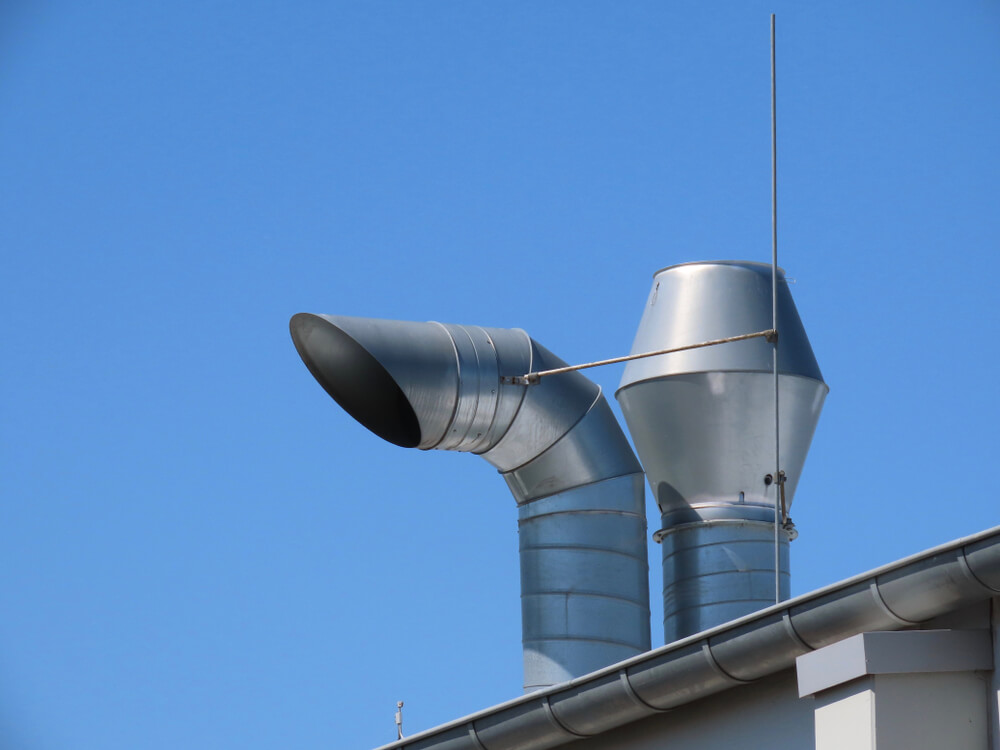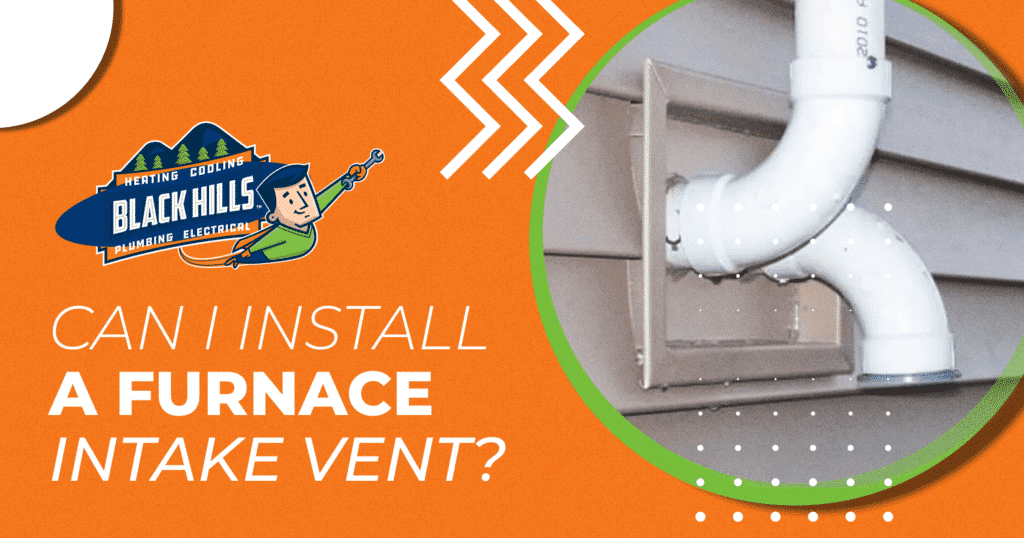The furnace intake vent is one of your HVAC system’s most important components. It brings in oxygen to be used in the combustion chamber to produce heat. The vent can be a simple grill on the front of the furnace to draw in air from the surrounding room.
A fresh air intake vent brings in fresh air from outside. They can be used to bring in fresh air for either your indoor air quality, for greater efficiency in your furnace’s combustion chambers, or both together.
Many homes and furnaces do not have a fresh air intake vent built-in, but as homes become more airtight and furnaces get more efficient, fresh air intakes are required to provide fresh air to the home and the furnace. Many homeowners have decided that installing a fresh air intake vent is a good investment.
A professional can install a fresh air intake for you, or a moderately experienced DIYer can give the project a go. We’ll provide step-by-step DIY fresh air intake installation instructions below so you can understand what the project entails.
Why Do I Need a Fresh Air Intake?

Furnaces require fresh air because, to cleanly burn natural gas, they need oxygen. Oxygen is crucial for combustion to take place. A lack of oxygen decreases efficiency and can cause combustion issues that can lead to increased exhaust gases and the release of carbon monoxide. A consistent supply of fresh air improves furnace performance and helps remove pollution that can cause breathing difficulties and respiratory problems.
The fresh air intake allows fresh air in from outside to prevent these issues. Connected to a vent on an outside wall, it’s usually right outside your basement, but it can be anywhere near your furnace (for an updraft furnace, it’s usually near the bottom). Tighter building codes have led to newer homes having multiple fresh air intakes to address air loss, pollution, and energy efficiency.
Installing a Furnace Fresh Air Intake Vent
The intake vent consists of an air duct that leads outside. Installing it correctly is crucial to achieving proper airflow. We recommend using galvanized steel ducts for the most durable results. If you are confident in your DIY skills and come prepared, a fresh air intake vent installation will only take around an hour to complete.
Besides the ducts themselves, you will also need the following:
- Exterior caulk
- Fresh air furnace barometric damper with filter
- Metal collar
- Aviation snips
- Metal duct tape
- Galvanized hanger straps
- Duct insulation
- Exterior wood screws
- Hole saw
- Drill
- Crimper
Steps to Install a Furnace Fresh Air Intake Vent
- Choose Where to Install the Intake Hood: Pick a location ten feet away from the furnace exhaust and dryer vents where your intake could pick up dangerous gases. You’ll need to find a separate entry point somewhere in your basement.
- Begin the Installation: To install the intake hood, first drill a hole with a hole saw. Then, push a pipe to a location above where the air intake hood will go. Use screws designed for wood exteriors to secure the unit. After it is in place, seal any gaps with exterior caulking.
- Prepare the Return Duct: Using a pair of aviation snips, create a six-inch hole in the return duct adjacent to the furnace pipe. Next, install a metal collar that will secure the pipe, ensuring it is stable before you continue.
- Install the Intake Duct Line: Insert the duct between the inlet lid and the pipe at the collar. The joints fixing the duct in place must be properly secured for fresh air to circulate. Fit the joints with a crimper if a joint cut is required.
- Install a Barometric Damper: Install the barometric damper directly onto the intake hood. The damper’s arrows should be lined up so they point at the furnace. The arrows indicate the direction the air will flow. This is what prevents fresh air from entering the duct before the furnace starts running.
- Hang the Galvanized Duct: Choose a galvanized hanger strap with the tensile strength needed to maintain tension and tolerate temperature changes. This component must be high quality, as it needs to be strong enough to support the weight of the duct.
- Verify the Furnace Intake is Airtight: Apply caulking to every duct joint, and use foil or other types of duct wrap to insulate the duct. Duct insulation wrap prevents sweating in cooler weather, makes it airtight, and prevents air leakage.
If you need help installing or servicing a furnace intake vent, the professionals at Black Hills will be glad to assist. We’ve been successfully installing furnaces and heating systems in Olympia and Thurston County since 1993. To request service, contact us online or call 888-688-7358 today.

